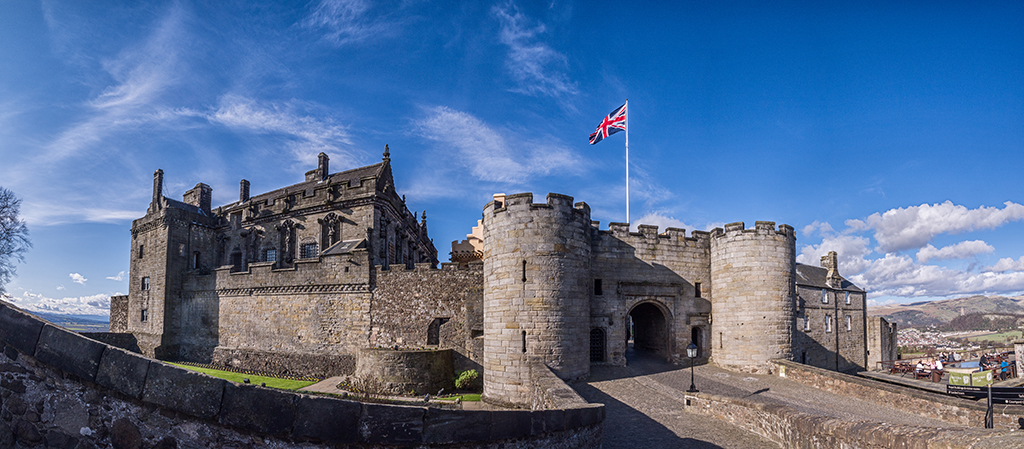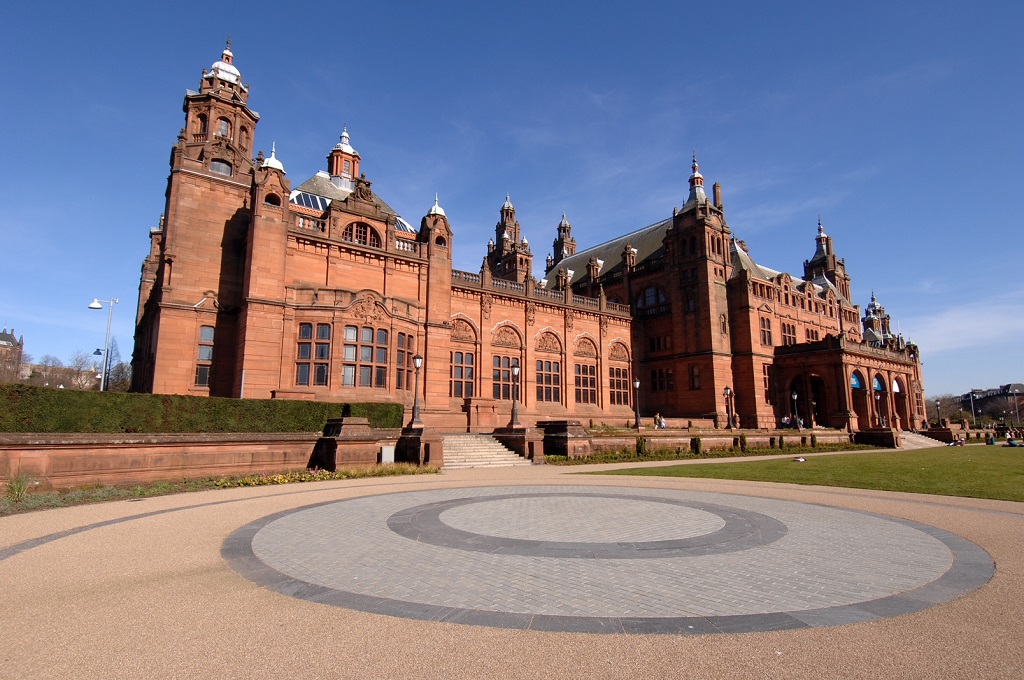Outdoor visitor attractions fared much better than museums and indoor sites last year, as COVID-19 continued to devastate Scotland’s visitor attractions sector.
New figures, published today by ASVA, the Association of Scottish Visitor Attractions, in conjunction with Glasgow Caledonian University’s Moffat Centre for Travel and Tourism Development, reveal overall visitor numbers were more than 47% down on pre-pandemic levels.
Last year’s most visited paid-entry attraction was Edinburgh Zoo, with 632,122 visitors, whilst perennial top free attraction – the National Museum of Scotland – was the year’s top free attraction once again, with 660,741 visitors. A drop in visitors of more than 1.5 million, when compared to 2019 figures, however, illustrates that it was a very challenging year for this iconic venue, as it was for virtually all indoor attractions.
Paid-entry attractions welcomed just over 9 million visitors during 2021, compared to over 20 million in 2019 (a drop of 55%), whilst free venues had just over 20.2 million visitors last year compared to 35.5 million in 2019 (a drop of just over 43%).

Stirling Castle
Outdoor, family-themed attractions, and sites with grounds and open-air activities, fared much better in general than predominantly indoor sites – reflecting continued consumer anxieties about infection transmission risks in enclosed spaces.
Figures from attractions that offer primarily indoor experiences highlight the extent to which visitor numbers have been affected by the past two years of the pandemic. Stirling Castle had 148,581 visitors in 2021 – an 88.1% increase from its 2020 total of 79,000, however it saw a 75.6% decrease from its 2019 total of 609,698. Glasgow’s Kelvingrove Art Gallery & Museum had 288,212 visitors in 2021, an 84.3% drop from its 2019 pre-pandemic total of 1,832,097.
Despite the fact that Scotland’s attractions sector had – and continues to have – the highest standards of COVID-mitigating measures in place, public health messaging recommending that people avoid potentially crowded places meant that it was impossible for much of the sector to trade to its full potential. For the vast majority of attractions, there was no opportunity for any business recovery from the pandemic last year due to continued COVID restrictions.
Gordon Morrison, chief executive of ASVA, which represents more than 500 sites across Scotland, said: ‘Whilst visitor numbers in 2021 were up on the previous year, the latest figures highlight what a uniquely challenging time the visitor attractions sector, and wider tourism industry, has experienced over the past 12 months.
‘This latest data provides clear evidence that our sector has been hit extremely hard for a considerably extended period of time due to the consequences of the pandemic. Although we’ve seen some very welcome positive signs that business at a number of attractions is beginning to bounce back, so many of our operators are still in survival mode, and the vast majority unfortunately still face a very long road ahead to recovery.’
Professor John Lennon, director of the Moffat Centre at GCU, said: ‘We don’t foresee overseas visitor numbers returning to pre-pandemic levels until 2025 – so attractions will continue to be heavily reliant on the domestic market. Business recovery will depend very much on the custom of the people of Scotland and the UK. Visiting Scottish attractions not only demonstrates support of them, it helps safeguard the future of a sector that’s a vital contributor to the country’s economy and also performs a crucial custodial role in protecting Scotland’s heritage, culture and identity.’

Kelvingrove
To support attractions struggling to rebuild their businesses, ASVA – using data supplied by the Moffat Centre – has been lobbying the UK and Scottish Governments for additional assistance to stimulate recovery within the sector. The association is advocating measures including the retention, for the next financial year at least, of the reduced level of VAT for attractions, as well as a continuation of 100% business rates relief.
It is also proposing a re-introduction of the VisitScotland-administered Days Out Incentivisation scheme. Created to stimulate domestic market visitation, and welcomed widely by the sector, the initiative’s positive impact was unfortunately impeded by the emergence of the Omicron COVID variant and the resultant return of government guidance regarding transmission risks in public spaces.
Gordon added: ‘With fewer overseas visitors, there’s never been a better time for Scottish and UK residents to discover and explore the world-class visitor attractions on their doorstep. Visitors can take advantage of the uniquely quieter conditions with more space to enjoy attractions at leisure, and they’ll have the opportunity to enjoy more in-depth, personalised interactions with visitor services staff. There really are many more opportunities now to benefit from a truly enriched, immersive visitor experience.’
For the latest Scottish Visitor Attractions Monitor produced by the Moffat Centre, 647 attraction operators provided their visitor figures for 2021 together with comparable pre-pandemic statistics for 2019.
TAGS

